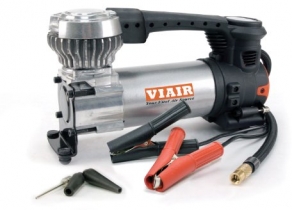-
Welcome to Tacoma World!
You are currently viewing as a guest! To get full-access, you need to register for a FREE account.
As a registered member, you’ll be able to:- Participate in all Tacoma discussion topics
- Communicate privately with other Tacoma owners from around the world
- Post your own photos in our Members Gallery
- Access all special features of the site
Athena
Discussion in '3rd Gen. Builds (2016-2023)' started by Athena32, Sep 17, 2022.
Page 2 of 2
Page 2 of 2


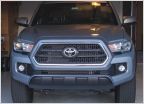 Silver Eagle build (pic heavy)
Silver Eagle build (pic heavy)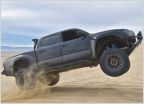 Special_K's Build v2
Special_K's Build v2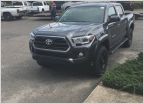 The SoccerMom Build - 17 MGM DCSB
The SoccerMom Build - 17 MGM DCSB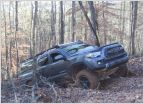 TRD Tyler's Build Thread
TRD Tyler's Build Thread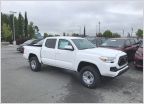 Functional Daily Driver
Functional Daily Driver

